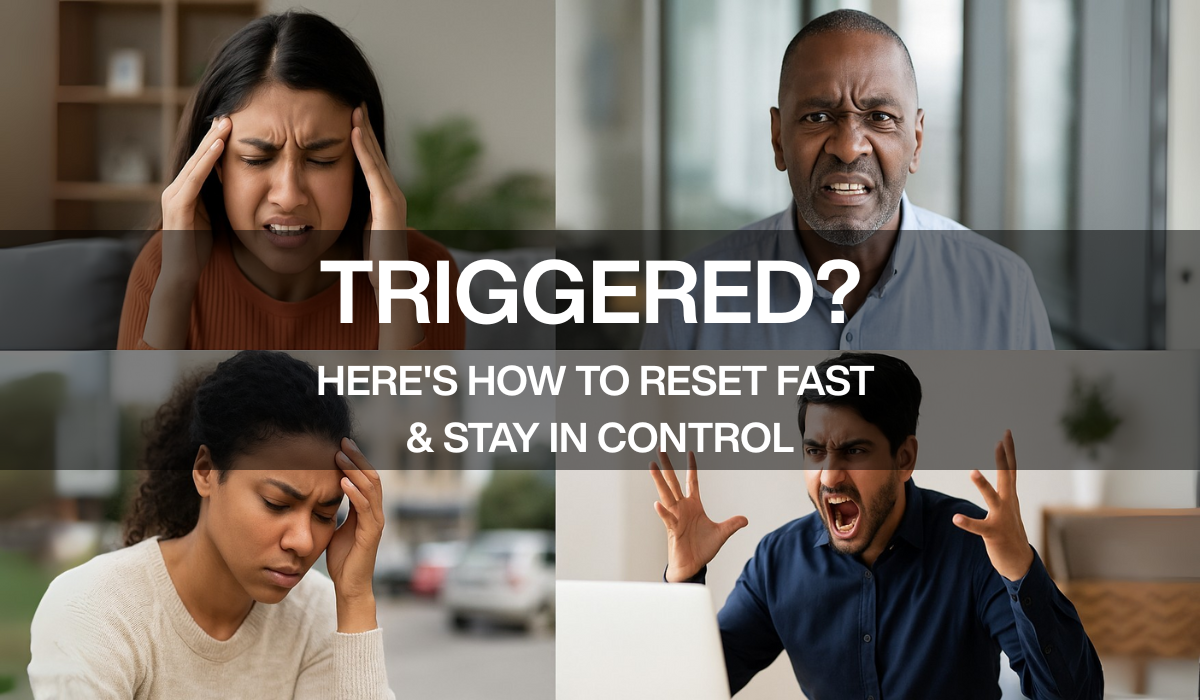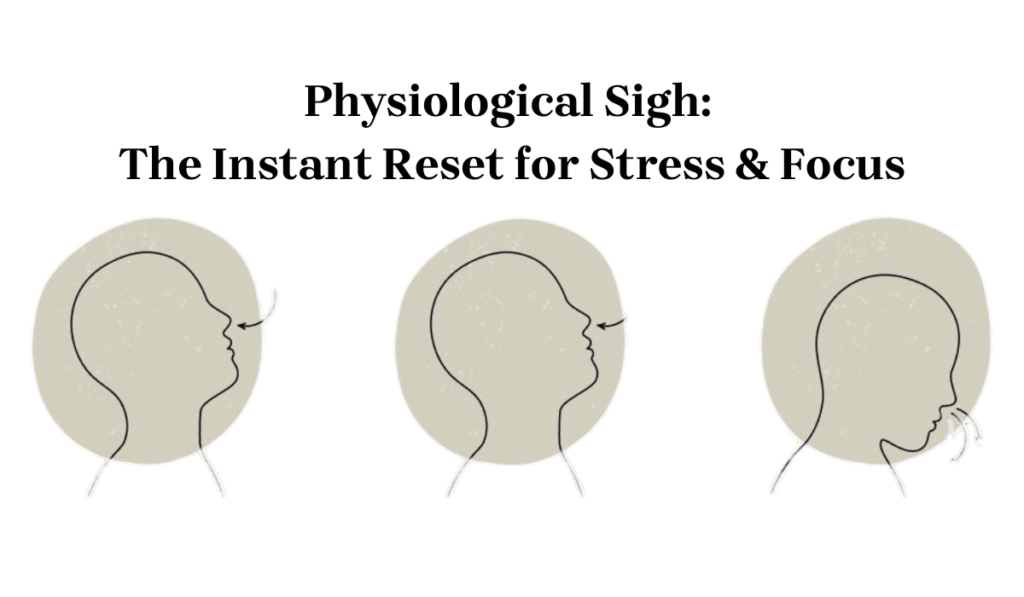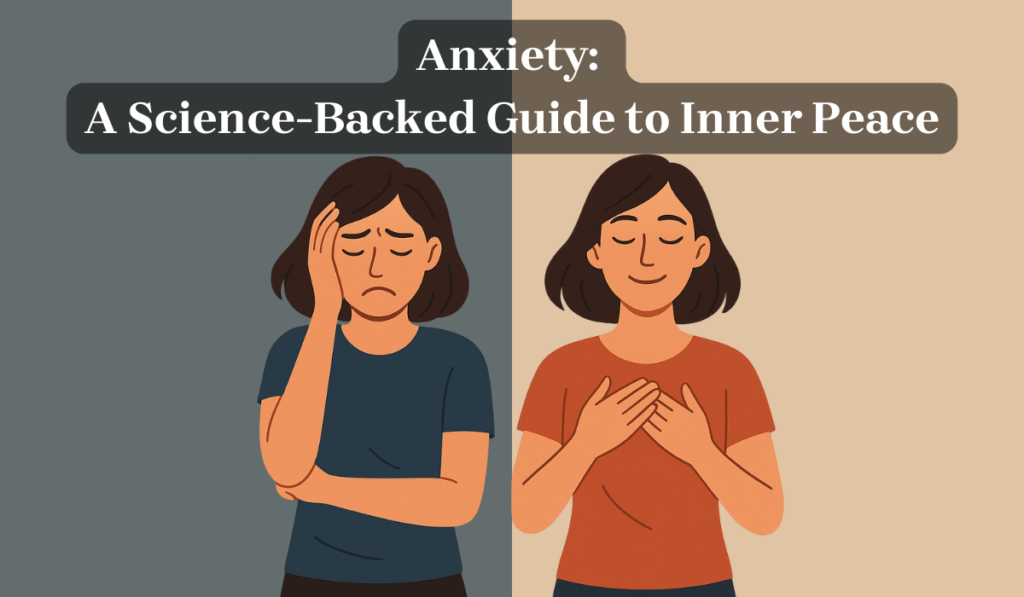Triggered? Here’s How to Reset Fast & Stay in Control.
You walk into a room.
>Your idea gets dismissed.
>Your body tenses. Your mind spirals.
You’re not overreacting — you’re triggered.
Triggers are emotional landmines — often hidden — that cause intense reactions.
The key isn’t to avoid them, but to understand and reset when they hit.
Q. What Is an Emotional Trigger?
A. An emotional trigger is a moment that causes a strong, often negative emotional reaction — usually rooted in past experiences, unmet needs, or inner fears.
Your brain detects a threat.
Your body reacts.
You shift into fight, flight, freeze, or fawn.
It’s fast. It’s intense. It feels irrational — but it’s not random.
It’s rooted in past wounds, unmet needs, or emotional patterns.
Common Reactions to Triggers
- Anger or frustration
- Anxiety or panic
- Withdrawal or shutdown
- Overthinking or people-pleasing
Everyday Triggers: Personal, Professional, and Internal
Personal Triggers
- Being ignored → Feels like rejection
- Criticism → Feels like inadequacy
- Silence → Feels like abandonment
Example:
Your friend doesn’t reply for hours.
You feel anxious, unwanted.
→ Trigger: Fear of being unimportant.
Professional Triggers
- Blunt feedback → Feels like failure
- Being cut off → Feels invisible
- Micromanagement → Feels like distrust
Example:
Your boss rewrites your email without telling you.
You feel disrespected.
→ Trigger: Feeling undervalued.
Internal Triggers
- Negative self-talk → Feeds shame
- Perfectionism → Fuels anxiety
- Imposter thoughts → Kills confidence
Example:
You make a small mistake.
Your mind whispers, “You’re not good enough.”
→ Trigger: Internalized self-doubt.
Why Triggers Feel So Intense
Triggers bypass logic.
They hit your nervous system first — fast and hard.
Your brain thinks you’re in danger, even when you’re not.
The Science: Polyvagal Theory
Your nervous system constantly asks: “Am I safe or under threat?”
- If threat → Body tenses, heart races, breath shortens
- If safety → Calm returns
You react before you even think. That’s not weakness — it’s wiring.
How to Reset After Being Triggered
Reset Techniques That Work Anywhere
1. Name the Emotion
Label what you’re feeling:
“I feel angry.”
“I feel rejected.”
Name it to tame it.
It moves you from reaction to awareness.
2. Ground Your Body
Use your body to reset your body.
Try:
- 5-4-3-2-1 method: 5 things you see, 4 you touch, 3 you hear, 2 you smell, 1 you taste
- Cold water: Splash your face or hold ice
- Movement: Walk, stretch, or literally shake it off
3. Breathe to Reset
Slow breathing signals safety. Try the 4-4-6 method:
- Inhale for 4 seconds
- Hold for 4 seconds
- Exhale for 6–8 seconds
- Repeat 3–5 times
4. Reflect Gently
Ask yourself:
- What exactly set me off?
- What did I need in that moment?
- Is this tied to a past pattern?
The goal isn’t blame — it’s awareness.
5. Use a Reset Phrase
A short sentence to calm your mind. Use it silently or out loud:
- “This isn’t about me.”
- “I’m safe right now.”
- “Pause. Breathe. Respond.”
These are simple, practical, effective emotional regulation techniques that you can use when triggered.
Real-Life Reset Examples
Personal Trigger
Event: Partner forgets to call
Feeling: Hurt, ignored
Old Reaction: Snap or shut down
Reset:
- Pause: “I feel dismissed.”
- Breathe slowly
- Reflect: “Is this about now… or my past?”
- Reset phrase: “I’m safe. This isn’t rejection.”
- Respond: “I felt off not hearing from you — just wanted to share.”
→ Win: You stayed calm and honest — no blowup.
Professional Trigger
Event: Manager rewrites your proposal
Feeling: Disrespected, angry
Old Reaction: Vent, withdraw
Reset:
- Name it: “I feel untrusted.”
- Ground: Step outside for 2 minutes
- Breathe: Use 4-4-6 pattern
- Reset phrase: “This doesn’t define my worth.”
- Respond: “I’d appreciate a heads-up next time — I want to stay aligned.”
→ Win: You set a boundary — without burning a bridge.
Internal Trigger
Event: You forget an important email
Feeling: Shame, frustration
Old Reaction: Beat yourself up for hours
Reset:
- Name: “I feel inadequate.”
- Reflect: “Am I expecting perfection?”
- Breathe deeply
- Reset phrase: “Mistakes don’t define me.”
- Respond: Apologize, then move on
→ Win: You broke the shame loop — and stayed focused.
Takeaway: Triggers Aren’t the Problem — Reacting Blindly Is
You can’t eliminate triggers. But you can outgrow their control.
Awareness + Reset = Emotional Strength.
This leads to:
- Clearer thinking
- Better decisions
- Healthier relationships
- Stronger leadership
This Week’s Challenge: Trigger Audit
Each day, write down:
- One moment that triggered you
- What you felt
- How your body reacted
- What you needed instead
You’ll start to notice patterns.
That’s the beginning of emotional mastery.
Bottom Line
Triggers aren’t your enemy.
Reacting unconsciously is.
But once you start noticing…
>You pause.
>You breathe.
>You lead yourself back to power.
That’s how you show up — calm, grounded, and strong.
>In work. In love. In life.
🔜 Next Post: The Power of Glimmers
Coming soon — how to grow the small moments that bring safety, joy, and connection.
Because emotional mastery isn’t just avoiding triggers — it’s amplifying glimmers.



